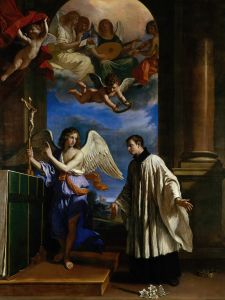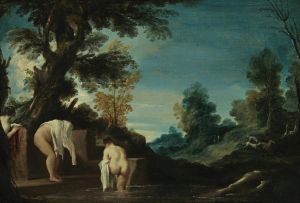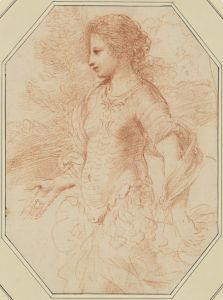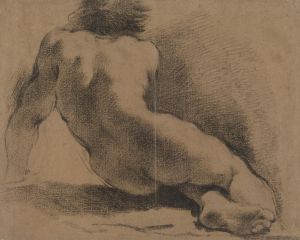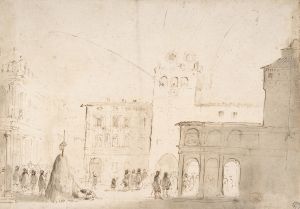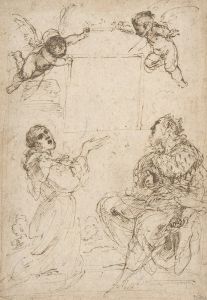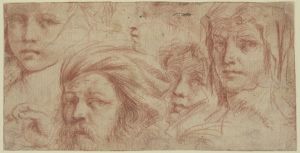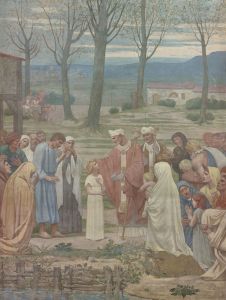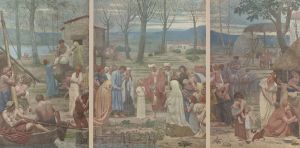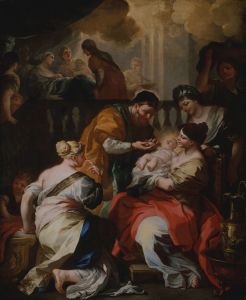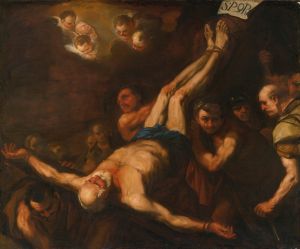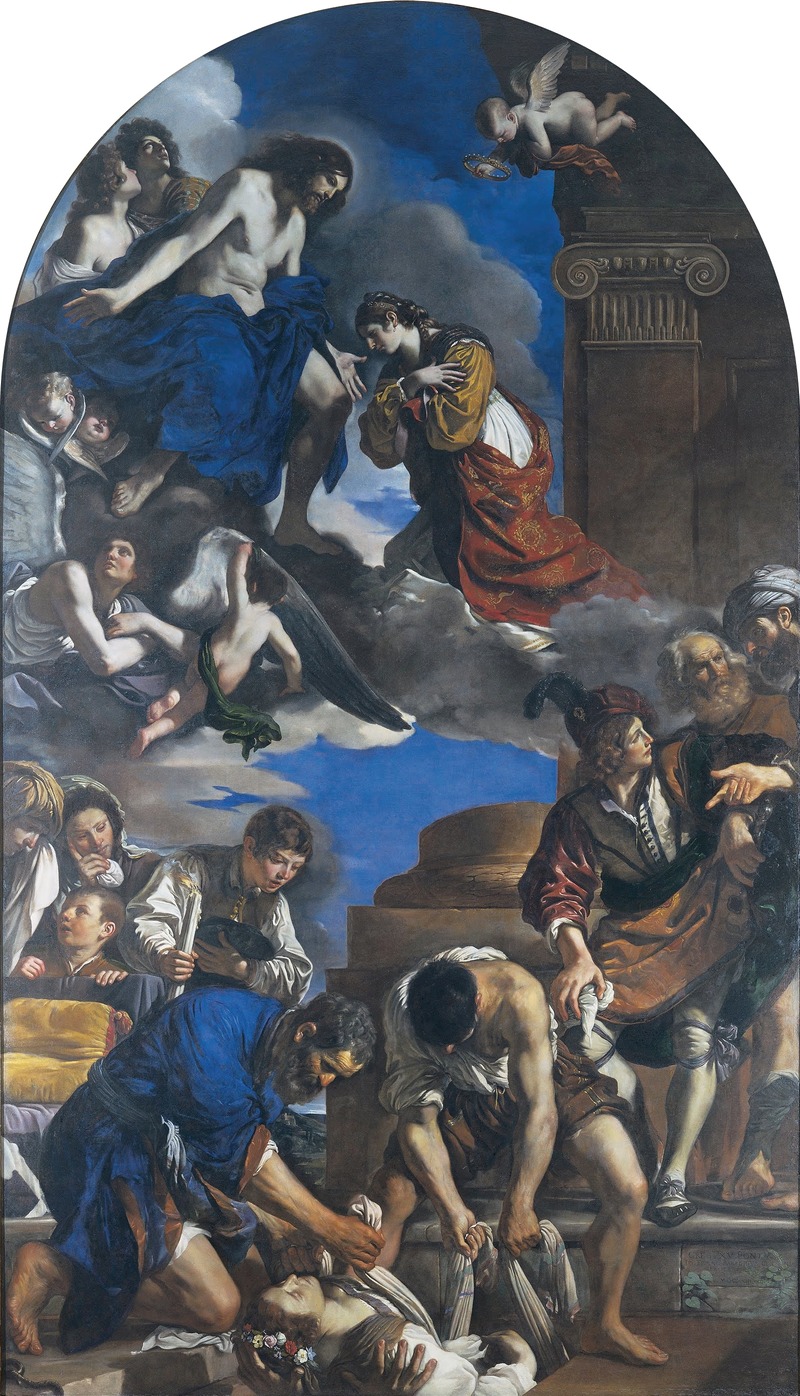
Burial of Saint Petronilla
A hand-painted replica of Guercino’s masterpiece Burial of Saint Petronilla, meticulously crafted by professional artists to capture the true essence of the original. Each piece is created with museum-quality canvas and rare mineral pigments, carefully painted by experienced artists with delicate brushstrokes and rich, layered colors to perfectly recreate the texture of the original artwork. Unlike machine-printed reproductions, this hand-painted version brings the painting to life, infused with the artist’s emotions and skill in every stroke. Whether for personal collection or home decoration, it instantly elevates the artistic atmosphere of any space.
"Burial of Saint Petronilla" is a significant Baroque painting created by the Italian artist Giovanni Francesco Barbieri, known as Guercino. Completed in 1623, this artwork was commissioned for St. Peter's Basilica in Vatican City, reflecting the grandeur and religious fervor of the period. Guercino, renowned for his dynamic compositions and masterful use of chiaroscuro, was a prominent figure in the Baroque movement, and this painting is one of his notable contributions to religious art.
The painting depicts the burial of Saint Petronilla, a revered figure in Christian tradition. According to legend, Petronilla was a virgin martyr and possibly the daughter of Saint Peter, one of Jesus Christ's apostles. The narrative of her burial is captured with emotional intensity and dramatic realism, characteristic of Guercino's style. The composition is divided into two distinct sections: the earthly realm, where the burial takes place, and the heavenly realm, symbolizing Petronilla's ascent to paradise.
In the lower section of the painting, mourners gather around the saint's lifeless body, which is being lowered into a tomb. The figures are rendered with meticulous attention to detail, their expressions conveying a profound sense of grief and reverence. Guercino's use of light and shadow enhances the emotional impact, drawing the viewer's eye to the central figure of Petronilla. The artist's skillful handling of drapery and anatomy is evident in the lifelike depiction of the mourners and the saint.
Above this somber scene, the upper section of the painting presents a vision of Petronilla's soul being received into heaven. Angels surround her, their ethereal presence contrasting with the earthly figures below. This celestial imagery serves to underscore the theme of divine grace and the promise of eternal life, a common motif in Baroque religious art.
"Burial of Saint Petronilla" was originally intended for the altar dedicated to the saint in St. Peter's Basilica. However, it was later moved to the Vatican Museums, where it remains part of the collection. The painting is celebrated for its compositional complexity and the emotional depth of its portrayal, reflecting Guercino's mastery of the Baroque style.
Guercino's work on this painting exemplifies his ability to convey narrative through visual means, using composition, light, and color to guide the viewer's experience. The painting not only serves as a devotional image but also as a testament to the artistic innovations of the Baroque period. Through "Burial of Saint Petronilla," Guercino captures the intersection of human emotion and divine intervention, a theme that resonates with the spiritual and artistic sensibilities of the 17th century.
In summary, "Burial of Saint Petronilla" stands as a remarkable example of Baroque religious art, showcasing Guercino's technical prowess and his capacity to evoke deep emotional responses. The painting's enduring significance lies in its ability to communicate the spiritual narrative of Saint Petronilla's martyrdom and ascension, making it a treasured piece within the Vatican's collection.






